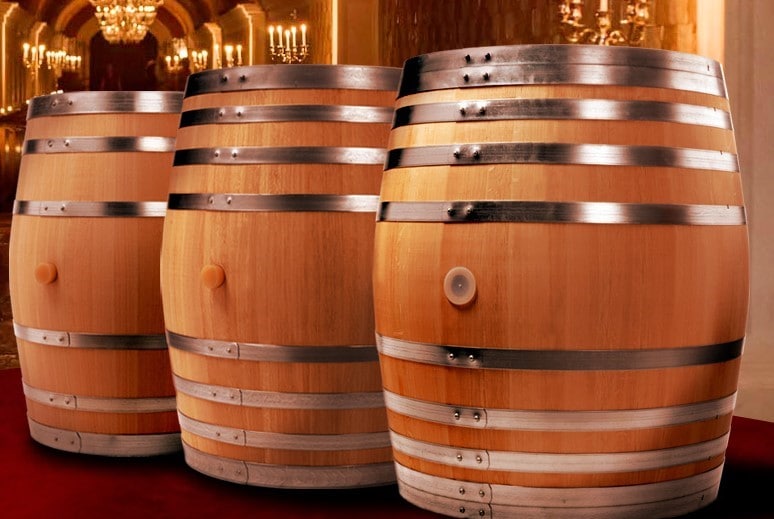With the holiday season in full swing, it seems everywhere you look there is a holiday party. And what’s a holiday party without wine? The process chiller plays a big role in the fermentation process of wine, and without a chiller’s cooling capabilities, those tasty drinks we love woul not be possible.
Why is a Chiller so Important?
Fermentation is the process where the grape juice is joined by other ingredients, resulting in a chemical reaction that produces wine.
For the most part, the fermentation process consists of sugar, which is added to yeast. The yeast then produces alcohol and carbon dioxide. By adding yeast to the grapes the natural sugars contained in the grapes, (glucose and fructose) convert into ethanol and carbon dioxide. The carbon dioxide is then released from the wine mixture into the air and the alcohol remains.
When all of the fruit’s sugars convert to alcohol and the alcohol is found to be at about 15%, the fermentation is complete!
What is a Hydrometer?
A hydrometer is placed in the wine mixture. When the hydrometer sinks to the bottom of the mixture, the sugars have been converted and the wine is ready for the next stage.
Red Wine vs. White Wine
Red wines do best stored in an area where the temperature is 70 to 90 degrees. A warmer temperature will result in the wine going bad. The ingredients in the wine can begin to cook, just like they would if you left a bottle of wine in the sun. The high temperature also can cause the cork to dry, out which will leave the wine unprotected from bacteria.
Most large wineries will ferment their red wine in large oak kegs, and white wines in large stainless steel vats. Unlike red wine, white wine needs lower temperatures in order to ferment properly. An ideal temperature for white wine is 60 degrees. The temperature for fermentation for white wines is anywhere from 55-60 degrees, which is quite a big difference from the hot temperatures needed to age red wines.
Many distilleries will add more nitrogen to their wine during the fermentation process. This helps to prevent any production of hydrogen sulfide gas. If hydrogen sulfide gets into the wine, it will cause a foul rotten egg smell. Winemakers work very hard to avoid this chemical reaction from taking place.
Final Steps
In order to stop bad bacteria from invading the wine mixture, it must be mixed. The wine will then begin to bubble within 8-20 hours. The first stage of fermentation process for red wines is 5-10 days. White wines sit for 10-15 days.
The wine is then placed into an airtight container very carefully. It is very important to limit the amount of oxygen added to the mixture at this point. This process produces higher alcohol content.
In the end, the cooling process of fermentation is by far the most important, and without the help of a process chiller, our wine wouldn’t be the same!

